NATO and partner troops began the second phase of a two-week exercise that brings together more than 15,000 troops from 19 NATO and partner countries, the largest in Estonia since it gained independence in 1991.
The second phase of Exercise Siil (“hedgehog” in Estonian) will last from May 7-13, mainly in Voru, Polva, Valgamaa in southern Estonia, as well as in northern Latvia. Estonia’s 2nd Infantry brigade will team up with NATO and partner forces against the 1st Infantry Brigade and NATO battlegroup units for battle training.
The exercise will focus on defensive territorial maneuvers in the context of both conventional and unconventional warfare, NATO said last week.
The Estonia Defence Forces, reserve forces, paramilitary Defence League, Women’s Home Defence Organization and police and rescue workers will participate over the course of the entire exercise – 13,000 personnel in total. The first phase, which focused on combat rediness and internal security tasks, ended on May 6.
On Thursday, the U.K. 12th Regiment Royal Artillery conducted live-fire drills with their Estonian counterparts. The Estonian Air Defence Battallion tested a ZSU-23 mm weapon system to shoot down low-flying training drones at sea.
Over 120 ??soldiers, 4 Fitter aircraft & 30 vehicles forming air & land detachments participate in #SIIL2018 – largest LIVEX of the ??Estonian Armed Forces since 1991 – together with 15K Estonian & 2K soldiers from 19 #NATO & partner countries pic.twitter.com/POxigK3cBd
— Poland MOD ?? (@Poland_MOD) May 7, 2018
In addition to Estonia, other countries participating include Belgium, Canada, Denmark, Finland, France, Georgia, Germany, Ireland, Latvia, Lithuania, Poland, Sweden, Ukraine, the United Kingdom and the United States, according to NATO. The Estonian Ministry of Defence (Kaitseministeerium) told The Defense Post that Albania, Iceland, Slovenia and Spain are also involved.
Observers from the OSCE, including Belarus, Italy, Norway, Romania and Russia, have been monitoring the exercise.
Update, May 10: A spokesperson for Ireland’s Department of Defence told The Defense Post that Ireland was invited but decided not to participate in Exercise Siil.
“Ireland received a request from Estonia to participate in Exercise Siil. Following consideration of this request, Ireland decided not to participate in this exercise,” a spokesperson for An Roinn Cosanta said in an emailed statement.
Irish law requires three forms of authorization (the “triple lock”) for military forces to participate in combat missions: a U.N. Security Council or General Assembly resolution, a formal cabinet decision, and approval by the lower house of parliament. Although the Irish Defence Forces deploy to non-combat missions such as U.N. peacekeeping. Ireland is militarily unaligned, and not a member of NATO.
The exercise comes as Estonia continues to increase its defense spending over fears of Russia’s activities in Eastern Europe. According to NATO figures, Estonia allocated a record €478 million for defense in 2017, up from €450 million in 2016 and €251 million in 2010.
The 2018 defense budget is €523.6 million, accounting for approximately 2.14 percent of GDP and exceeding NATO’s goal of 2 percent of GDP. An additional €10 million will be included for the acquisition of ammunition. The NATO Security Investment Programme contributes €15 million to Estonia’s defense budget, the majority of which is intended for training of the NATO Very High Readiness Joint Task Force, and the hosting of units during periods of crisis, according to the Ministry of Defence.
This story was updated on May 10 with a statement from the Irish Department of Defence.


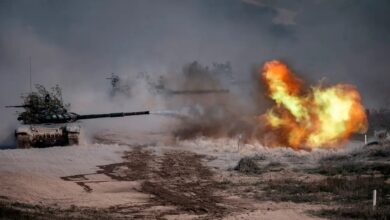
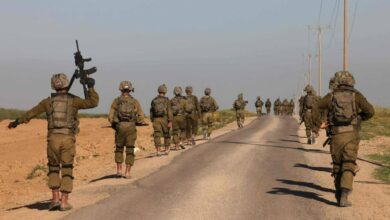
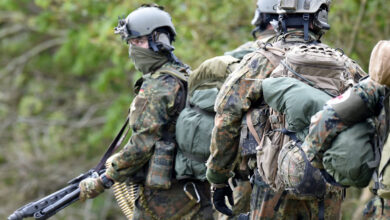
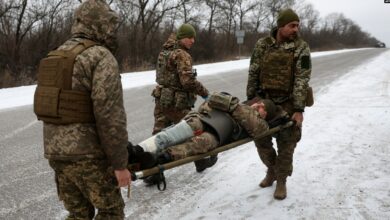
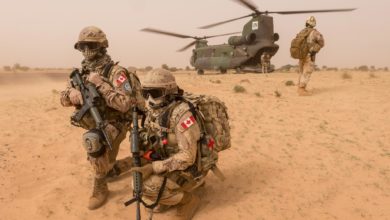
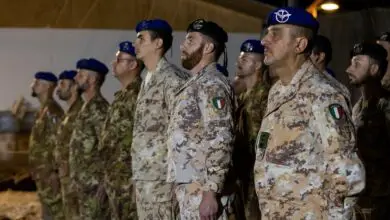

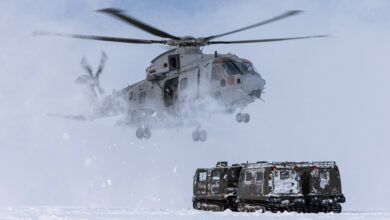


2 Comments